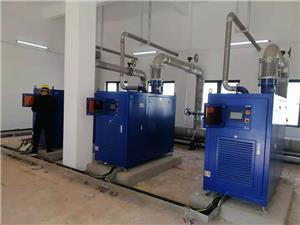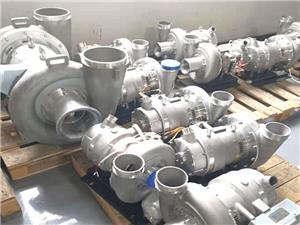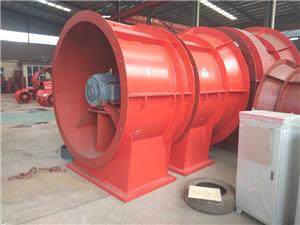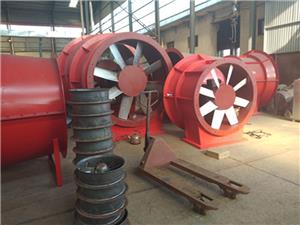Centrifugal Fan Failure: Five Typical Problems and Their Causes
1. The fan is too noisy: When the impeller hits the inlet or the casing, it is probably not centered. Damaged inlet or housing; bent or damaged impeller; loose shaft or bearing; bent shaft; or misalignment of shaft and bearing.
If the impeller hits the cut, the cut cannot be firmly fixed in the housing, the position is incorrect or it is damaged.
If the problem is a belt drive, there are many reasons: the pulley is not tight on the shaft; the belt hits the belt tube; the belt is too loose or too tight; the cross section of the belt is wrong; the length of the belt on the multi-belt drive does not match; not adjusted Variable-pitch sheaves, so each groove has the same pitch diameter; belt pulleys are not aligned or belts are worn; the anchoring of the motor, the base or the fan is not firm; the driver is not selected properly; the key or greasy belt.
Possible causes of coupling problems are loose keys or unbalanced couplings, misalignment, looseness or improper lubrication.
Bearing noise is caused by defects, loose supports, insufficient lubrication, loose shafts, misaligned seals, foreign objects or fretting corrosion between the inner race and the shaft.
When the bearing seal squeaks, it may be due to insufficient lubrication, misalignment or a bent shaft.
Impeller noise may be caused by defects, loose shafts, imbalances, excessive wear caused by abrasive or corrosive materials flowing through the flow channel or the blades close to structural parts.
Symptoms of electric motors include weak lead-in cables, AC buzzing in the electric motor or relay, fluttering of the relay, noisy motor bearings, fan hitting the shield or low voltage and single phase of a three-phase motor.
If the symptom is high wind speed, it may be because the duct system is too small for the application or the fan is too large, the vent or grille is too small, or the surface area of the heating or cooling coil is insufficient.
When an obstacle causes a rattle or whistle, the cause may be dampers, sharp elbows, sudden expansion or contraction of the piping system, leaks in the piping system, steering blades or fins on the coil.
The pulsation or surge is tracked to a restricted system that will cause the fan to run on the left side of the peak, and the fan is too large for the application, the vibration frequency of the duct and the fan pulsation, the intake flow distortion, and the intake vortex surge Or rotating stall is the same.
Vibration or rumble is caused by vibrating piping systems, vibrating cabinet components, or vibrating components that are not isolated from the building.




